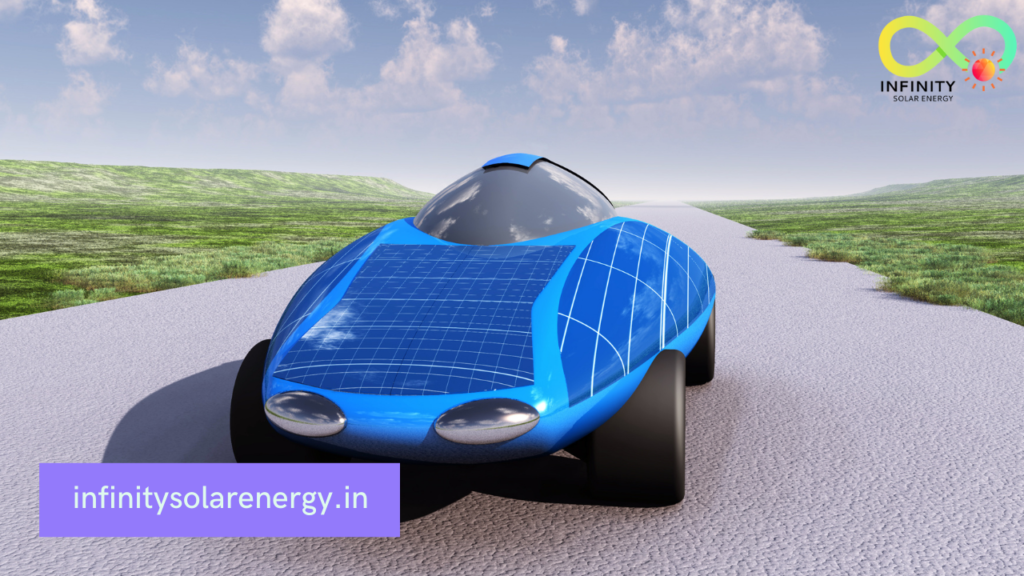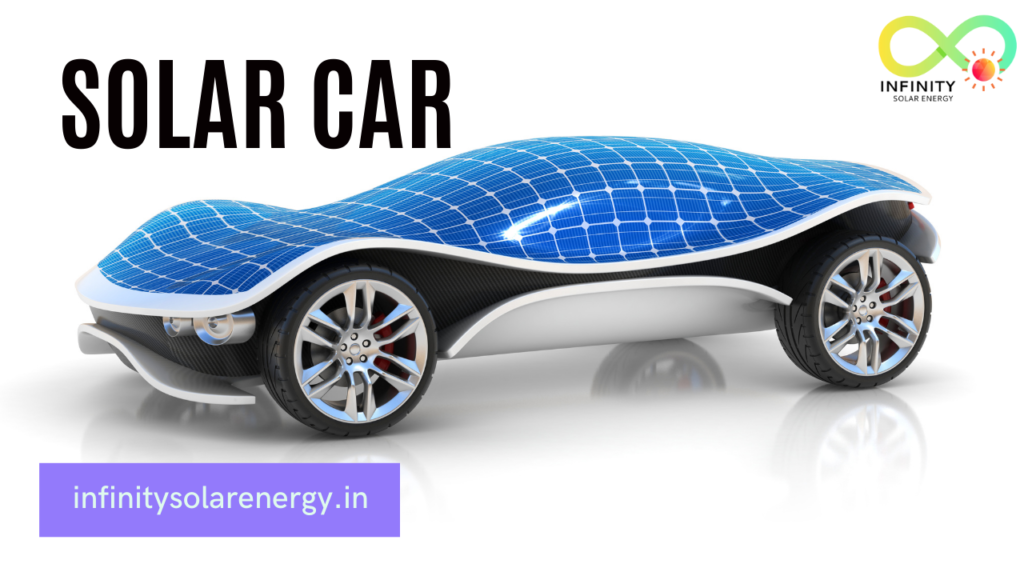Why Solar Cars?
Solar cars are advantageous over traditional forms of electric vehicles because: They use less fuel than battery electric vehicles (BEVs) They are better for the environment They are cheaper They don’t require any maintenance However, they do require a substantial power supply which can be very costly. Because the best way to power a solar car is from the sun, solar cars are only suitable for short-range trips. The best solution is a large solar array that feeds the solar car, as illustrated in the diagram.
A solar car consumes less fuel than battery electric vehicles (BEVs), they also have the benefit of greater fuel economy. A similar comment can be made about the environment, in that a battery-powered car releases no greenhouse gases into the atmosphere.
The Future Of Solar Cars
With modern solar cell technology, it is relatively simple to produce solar cars with relatively low costs, yet they have just started to become commercially viable. In fact, in 2017 the first commercially available battery-less solar car was revealed by New Zealand-based Solar Electric Vehicle Association. These cars are typically used in Australia to win Solar Car Challenges and the World Solar Challenge, and car makers have started developing solar cars for racing and use on the roads.
However, a lot of research is being done to develop solar cars that are quieter, faster, and more comfortable than traditional cars. In fact, this year in the World Solar Challenge, there were three solar cars which used electric motors, instead of the traditional internal combustion engines.
Why is the solar car revolution important?

The solar car revolution is the first of its kind, in that it is the first major transition for the world’s vehicles. Other forms of transport have been on the market for quite some time, for example, buses, but the solar car revolution is different. This is because of the surge in global oil and gas production, as well as the natural evolution towards cleaner, alternative energy sources.
According to Forbes, the yearly world oil consumption is roughly 93 million barrels, with 26 million barrels of those barrels coming from the USA alone, which means that around half of all oil is produced in one country alone.
The people behind the revolution
Originally, solar cars were used by space agencies for their long-duration missions such as the Cassini mission and Rosetta mission. Nowadays, they are starting to be used by civilians. Solar car racing is also one of the fastest growing disciplines of motorsport. Recently, countries like France and Singapore have launched their own Solar Challenge competitions and made the cars run on solar power.
Reaching for the future Compared to an electric car, a solar car is cheaper to buy, easier to maintain, and much lighter. They have a useful life of about 100,000 km. Electric cars typically last only 10,000 km. Solar cars that use PV cells also produce electricity to charge their batteries, which is cheaper to produce than lithium ion batteries.
Conclusion || Solar cells
Solar cells are widely used in solar panels and solar thermal energy. The solar cells used in solar panels are essentially photovoltaic cells and solar thermal energy which are also electrically charged particles, usually made from silicon and sometimes indium antimonide. Even though they are different types of solar cells, it is generally assumed that they are composed of the same basic material which consists of two layers of material with an insulating layer between them.
The composition of the two layers can be described as 1.5:1 polycrystalline silicon:silicon dioxide and 1.25:1 amorphous silicon:silicon dioxide. Solar cells have high efficiency for converting sunlight into electricity.

